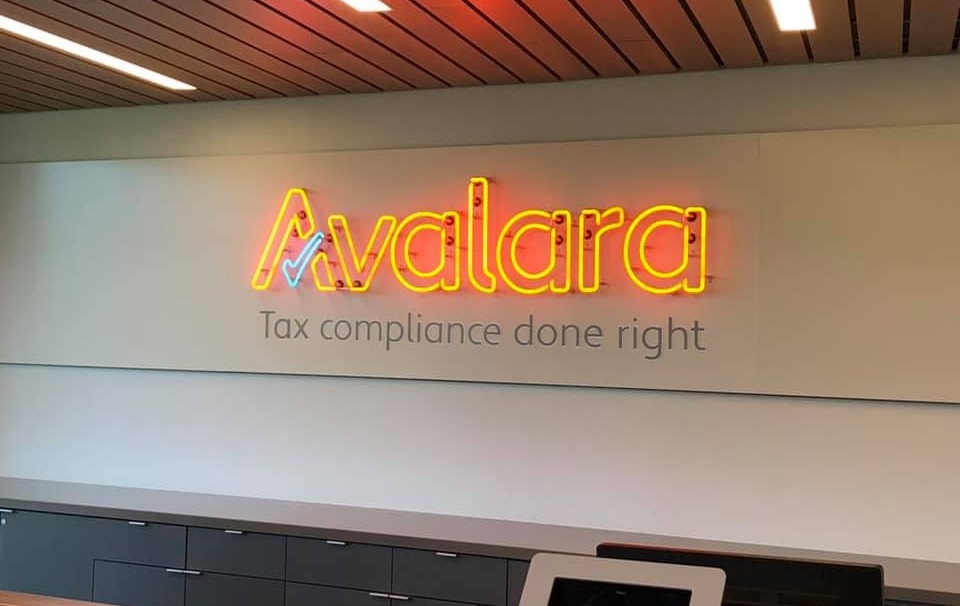Mindfulness is a term that can be overused, and often is not given enough weight as a necessary practice in our work lives. The tipping point for the mindfulness movement probably came in 2016, when TIME Magazine published a special edition devoted solely to the topic. It’s become a nationwide reference point, and you can still buy issues today. As research into the topic has grown, it’s become clear just how beneficial mindfulness practices can be in our hyper-distracted, always-on-the-go age.
“Mindfulness is putting down our juggling balls for a little bit. It’s about embracing the beauty of monotasking,” Mary Elizabeth Williams writes in that TIME piece. That just about sums up what mindfulness is, but it doesn’t even begin to scratch the surface of the ways we can and should apply mindful practices in our work lives. However; mindfulness itself can seem like such a broad area, that many of us our not sure how to implement it.
As with any concept that promotes health and wellness, companies are quickly coming to terms with the idea that promoting mindfulness can be beneficial for their team members. With so many benefits, on an organizational level as well as an individual one, investing in mindfulness programs is set to become standard in much the same way that in-office gyms and health reimbursements are today. That being said, promoting mindfulness in general is not the same thing as creating formal programs that employees are able to take advantage of and the employer can see tangible benefits.
The Starting Point
Many times, businesses do little more than encourage employees to research mindfulness and take some time on their own to practice it. I have also witnesses being hired as a speaker on this topic where employees get inspired to incorporate these tools into their workday; however; when long-term there is no formalized program or monitoring by the company its hard to ensure the employees can reap the benefits. Encouragement is great, but it is no substitute for a real implementation. A recent Harvard Business Review reports into corporate wellness plans of all types notes that intermittent suggestion rarely works. “One of the biggest lessons we learned in the process of creating the report is one-time events masquerading as health promotion programs – that is, activities not integrated into a comprehensive workplace health promotion strategy – are likely to fail,” it states.
How, then, does one go about integrating mindfulness into their workplace in a perpetual, actionable way that resonates with employees. It’s a question many of the biggest corporations in the world are struggling with in real-time. To help with this, I have been interviewing mindfulness leaders at corporations that have formalized programs such as LinkedIn and SAP, as well as the tech vendors that have applications that you can utilize to help people decompress during the workday.
Insights From the Front Lines
What I have found is that these mindfulness leaders are tasked with “operationalizing compassion”. Meaning, what does it mean to run a company compassionately? This operational approach helps codify behaviors and practices. Yes, mindfulness may involve different activities for different people, but creating broad systems and practices allows mindful engagement and compassion to be ever-present features of your workplace culture.
To implement mindfulness at your company it begins simply by carving out space for it. Dedicating space for people to meditate, or simply relax with their thoughts shows real investment in mindfulness. Then operationalizing it into the communication and rhythm of the workplace is next.
It can be little steps that go a long way. An example can be ending meetings five to ten minutes before the top of the hour to give everyone less of a hurriend sense that their day is one thing on top of the next without a single moment to breathe. This little adjustment can make a big shift in people’s mindsets. Instead of having to hustle from one room to the next, like when we were in high school, we operationalize giving time to our employees to reset their thoughts, breathe, and approach the next task with the same energy and vigor we did the last. Or, alternatively, change the energy if the last meeting was a stressful one before walking into a new meeting.
How to Apply Mindfulness in Your Workplace
It starts with making a commitment to not grind our teams down to a fine pulp in the name of productivity. In fact, research shows that taking time for mindfulness can actually make you more productive. By formally providing the time in the workday for “mindfulness breaks” that could be 10-15 minutes in the morning or evening, a space for people to go to decompress that is silent and peaceful in the office, or starting each meeting with 2 minutes of silence to shift the energy so everyone can be present in the meeting, you should begin to see a less stressed, more compassionate work culture. In that sense, mindfulness presents a win-win opportunity for firms. It creates happier employees and better work.
Thanks for reading CPA Practice Advisor!
Subscribe Already registered? Log In
Need more information? Read the FAQs





